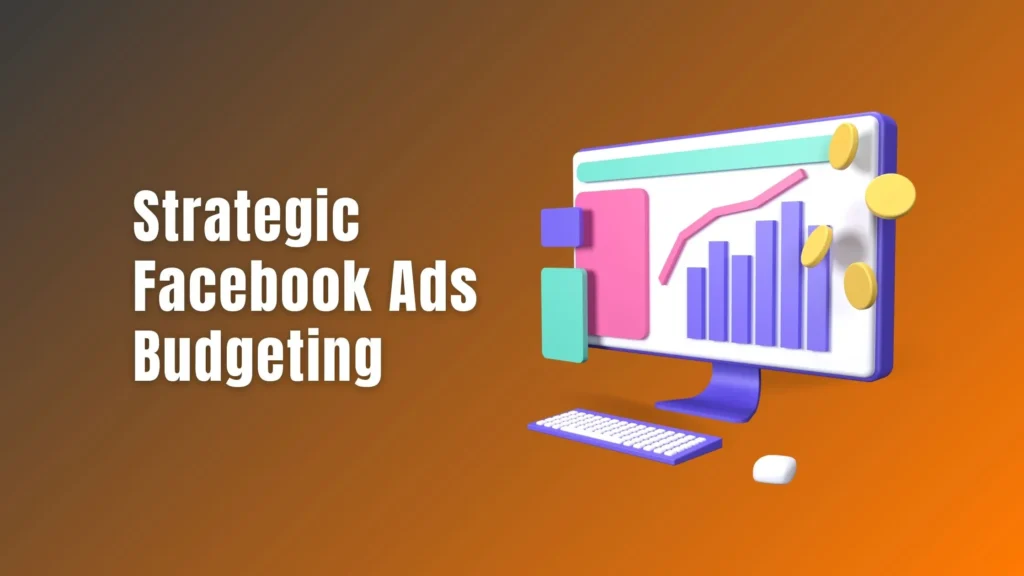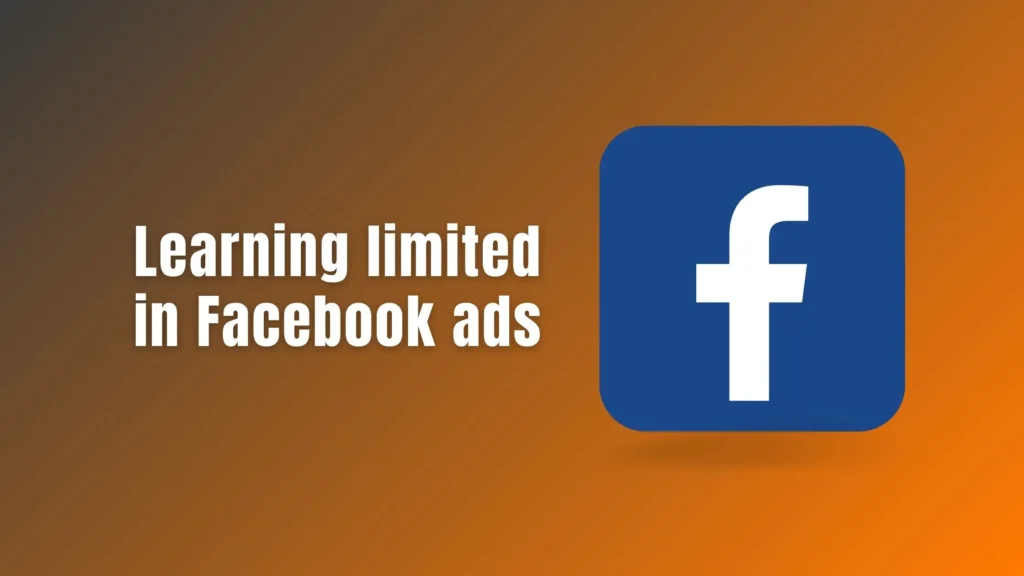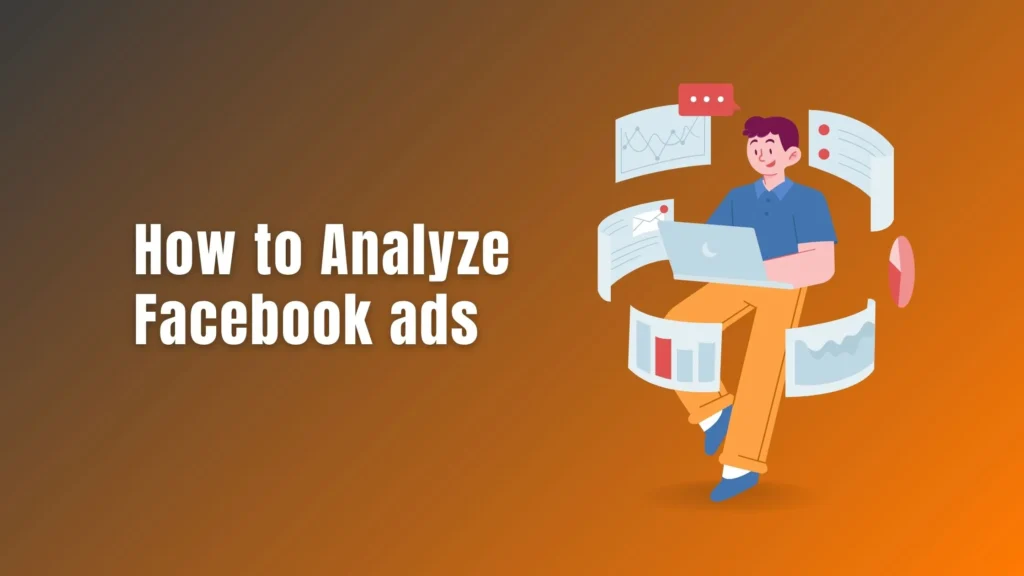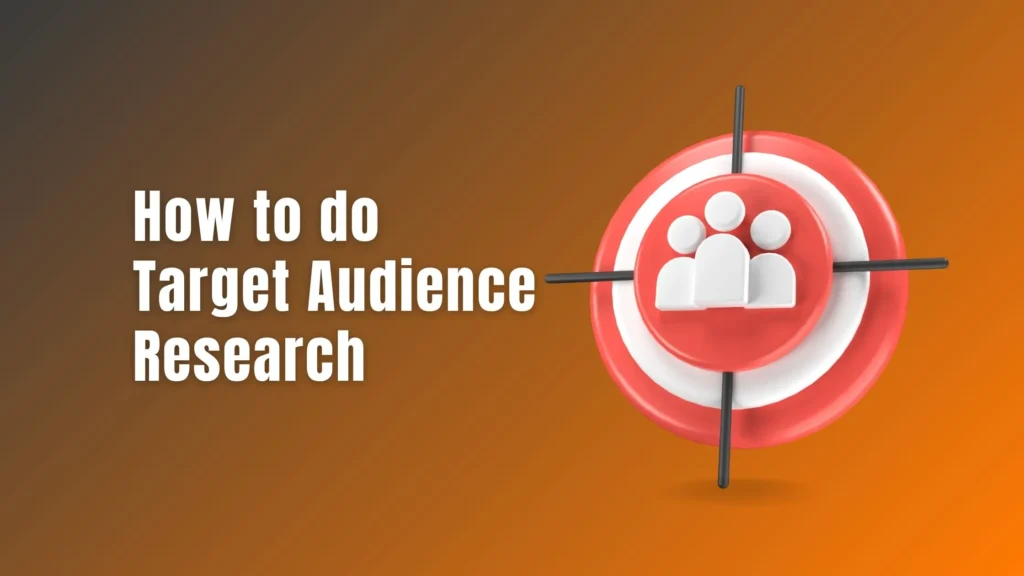
Are you ready to unlock the full potential of your Facebook advertising campaigns? One of the keys to success lies in understanding your target audience inside and out.
In this guide, I’ll walk you through the process of Target Audience Research for Facebook ads, from identifying your ideal audience to leveraging the power of Facebook ads Targeting. Let’s dive in!
Why is Target Audience Research Important for Facebook Ads?
Understanding your target audience is crucial for the success of your Facebook ad campaigns. By knowing who your audience is, what they’re interested in, and how they behave, you can create highly targeted and effective ads that resonate with them.
Target audience research allows you to tailor your messaging, creative, and offers to meet the specific needs and preferences of your audience, increasing the likelihood of engagement and conversions.
Uncovering Your Ideal Audience from Your Existing Customer Base
First thing first, I assume you are already in business and have a bunch of customers already in your corner, right?
That’s awesome! But now comes the fun part – figuring out who they really are and what makes them tick.
It’s like unraveling a mystery but with the ultimate goal of boosting your business.
That is to say, by analyzing your existing customer base, you can uncover valuable insights that will help you identify and target the most profitable segments of your audience.
Figuring out the ideal audience from your existing customer base involves analyzing your current customer data to identify common traits, preferences, and behaviors among your most valuable customers.
Here’s how to do it effectively:
1) Collect Customer Data:
Start by gathering data on your existing customers into a google sheets.
This includes information such as demographics, purchase history, interactions with your brand, feedback, and any other relevant data points.
2) Segment Your Customer Base:
Divide your customer base into segments based on common characteristics.
This could include demographics (age, gender, location), purchase behavior (frequency, amount spent), psychographics (interests, values), or any other relevant factors.
3) Identify High-Value Customers:
Look for patterns among your highest-spending or most loyal customers.
These are the customers who provide the most value to your business and are likely to represent your ideal audience.
4) Analyze Common Traits:
Analyze the common traits, preferences, and behaviors shared by your high-value customers.
Look for patterns in demographics, interests, purchasing habits, and other relevant factors.
5) Use Data Analysis Tools:
Utilize data analysis tools and software to help you identify trends and patterns within your customer data.
Tools like customer relationship management (CRM) systems, analytics platforms, and customer segmentation tools can provide valuable insights.
6) Conduct Surveys and Interviews:
Reach out to your existing customers through surveys, interviews, or focus groups to gather additional insights.
Ask them about their preferences, challenges, and motivations when interacting with your brand.
7) Create Customer Personas:
Based on your analysis, create customer personas that represent your ideal audience segments.
A customer persona is a detailed profile that outlines the characteristics, preferences, and behaviors of your target audience.
8) Validate and Refine:
Continuously validate and refine your customer personas based on new data and insights.
As your business evolves and your customer base grows, your ideal audience may change, so it’s important to regularly revisit and update your personas.
Pro Tip:
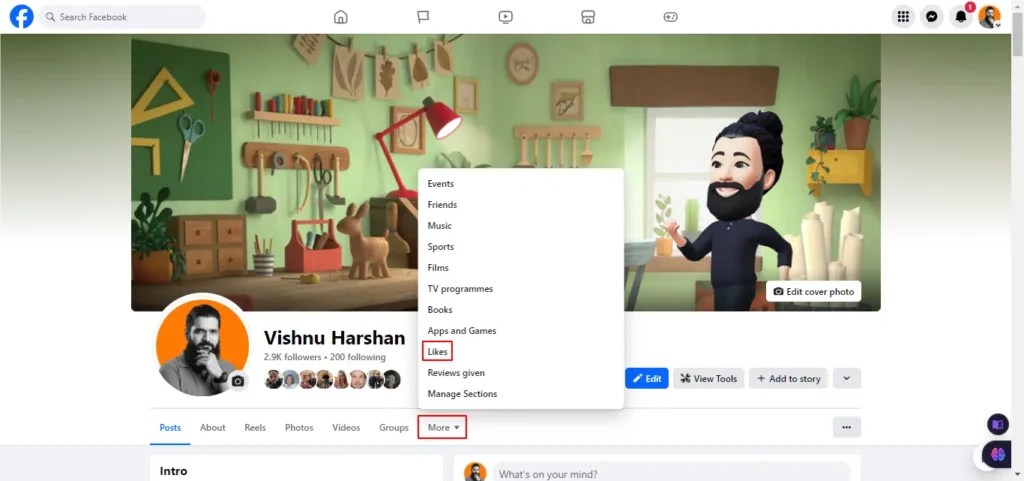
By visiting your top customers’ Facebook profiles, you can discover the pages they follow, providing valuable insights for interest-based targeting.
Similarly, analyzing their Instagram profiles can also inspire targeted advertising based on their interests.
You can use Facebook Audience Insights to gain deeper insights into your current Facebook and Instagram followers.
By analyzing your existing customer base and identifying your ideal audience, you can better target your marketing efforts, attract more high-value customers, and drive growth for your business.
For your reference I have created a Cheatsheet for Extensive Target Audience Research.
How to Identify Your Target Audience for Facebook Ads?
Before you can start targeting your audience on Facebook, you need to know who they are. Start by asking yourself some key questions:
- Who is my ideal customer?
- What demographics do they belong to (age, gender, location, etc.)?
- What are their interests, hobbies, and passions?
- What challenges or pain points do they face?
- Where do they spend their time online?
7 factors to consider when identifying target audience:
Your target customer is the person who is most likely to benefit from your products or services and is also most likely to make a purchase.
Let’s assume you are a fitness trainer and your target audience is middle aged male working professionals.
To identify your ideal customer avatar, consider the following factors:
- Demographics: Age, gender, location, income level, occupation, education level, marital status, etc.
- Psychographics: Interests, hobbies, values, lifestyle, personality traits, attitudes, beliefs, etc.
- Behavior: Online behavior, purchasing behavior, brand loyalty, frequency of purchases, preferred channels of communication, etc.
- Challenges and Pain Points: What problems or challenges does your ideal customer face? How can your product or service help them overcome these challenges?
- Goals and Aspirations: What are your ideal customer’s goals, aspirations, and desires?
- Needs and Preferences: What features, benefits, or solutions does your ideal customer prioritize? What are their preferences when it comes to product features, delivery, etc.?
- Purchase Intent: How likely is your ideal customer to make a purchase? Are they in the awareness, consideration, or decision stage of the buyer’s journey?
For your reference, I have prepared a Cheatsheet for Target Audience Research outlining an ideal scenario.
Conclusion
In conclusion, mastering target audience research for Facebook ads is essential for unlocking the full potential of your advertising campaigns.
By understanding who your ideal customers are and how to effectively target them, you can create highly tailored and engaging ads that drive results.
From collecting customer data to creating detailed personas and leveraging the power of Facebook ads targeting, each step in the process plays a crucial role in optimizing your marketing efforts.
So, whether you’re a seasoned marketer or just starting out, dive into target audience research and watch your Facebook ad campaigns soar to new heights!
Once you have done the Target Audience Research proceed to Create your perfect Saved Audience.

